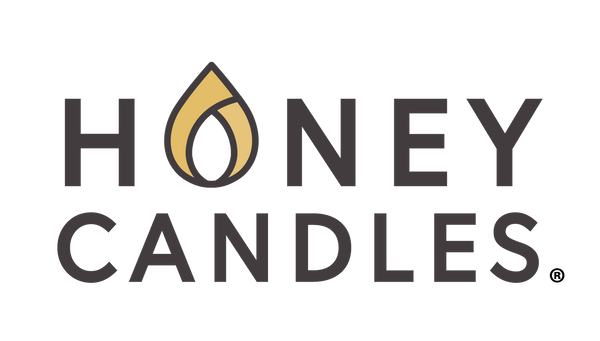 Bee Month is coming to a close at Honey Candles, but bees and their pollinating partners stay on our mind year-round. We have enjoyed spending this month taking a closer look at bees and their importance to our ecosystem and the great work being done to preserve their populations. To close out the month we are looking at other pollinators and their equally important role in agriculture, as well as the concerns that they face.
Bee Month is coming to a close at Honey Candles, but bees and their pollinating partners stay on our mind year-round. We have enjoyed spending this month taking a closer look at bees and their importance to our ecosystem and the great work being done to preserve their populations. To close out the month we are looking at other pollinators and their equally important role in agriculture, as well as the concerns that they face.
Bees are one of the most well-known pollinators, but there are a variety of insects and animals that pollinate plants. Other types of pollinators include moths, butterflies, wasps, hummingbirds and in some areas even bats. Pollinators typically transfer pollen from flower to flower when they stop to drink the flowers nectar and the pollen attaches to their legs, specialized hairs, or other parts of their bodies. While we have a special place in our hearts for the honey bee, each type of pollinator, even the sometimes-pesky wasps, are a vital part of a healthy and prosperous ecosystem.
Much like honey bees, other pollinators are facing threats to their health. A variety of factors can impact pollinators including habitat loss, pesticides and herbicides, invasive species and more. The list of threats to pollinators is certainly long, but so is the list of things we can do to help!
One of the best ways to help pollinators is by planting pollinator friendly plants. Every flower matters, so even if your space is limited a few potted plants makes a difference! To find out what plants are ideal for the pollinators in your area, contact a local gardening center and speak with the experts in your specific region. If you have extra yard space, try dedicating a portion of your yard to a flower garden. Not only will it look beautiful, but your local pollinators will be grateful for it!
It is also important to be mindful of pollinators when purchasing pest control products. As much as possible try to explore natural remedies for dealing with pests to avoid transferring harmful chemicals to pollinators. I’ve personally had great success removing pests that were killing a tree in my yard, with Epsom salts, natural dish soap, and vinegar.
Additional ways to aid pollinators include: installing bee houses for native bees; purchasing products that support apiaries or avoid chemical use on plants; letting weeds run wild; and engaging with projects that support pollinators in urban areas.
We hope you have enjoyed Bee Month as much as we have, and keep bees and pollinators in mind year round.










